Philip Haigh examines two reports that lay bare why the mega-project has gone so wrong… and considers if anything can be done to get it back on track.
In this article:
Philip Haigh examines two reports that lay bare why the mega-project has gone so wrong… and considers if anything can be done to get it back on track.
In this article:
- HS2 suffers from rushed starts, unclear scope and poor contracting
- Political interference, loss of design control, and skills shortages have caused spiralling costs, delays, and a damaged brand
- Lessons: major projects need stable requirements, experienced leadership, proper pay, continuity, and “think slow, act fast” discipline
“It does not operate like an expert builder of a railway.”
That’s an excoriating criticism of High Speed 2 Limited by its chief executive, Mark Wild. But it sums up where we are with Britain’s biggest infrastructure project.
It comes in a letter to Transport Secretary Heidi Alexander that dates from last March, but which has only just been published by the Department for Transport.
At the same time, DfT also published a report from last January by James Stewart (a former chief executive of Infrastructure UK) that examined how the DfT manages major projects.
Neither makes for good reading. HS2 is over-budget and has long since bust its delivery schedules. Wild’s letter makes clear that any hope of running passenger services by 2033 is beyond forlorn.
For example, HS2 Ltd had allocated 14 months to test its completed railway. That’s not enough, suggests Wild. Try 36 months - three years! - instead, he says.
The deep irony in HS2’s woes is that it came as an alternative to upgrading existing rail lines, after we saw the time and budget troubles that came with the West Coast Route Modernisation in the late 1990s and early 2000s.
This proposed 140mph running south of Crewe for Virgin West Coast’s tilting Class 390 trains, and was originally costed in 1998 at £2.3 billion.
By 1999, that had more than doubled to £5.5bn (after Railtrack had been forced to ditch moving block signalling). And it rose to peak at £13.2bn in 2002, before falling back under cost control measures and a less ambitious scope. That £13.2bn equates to around £24bn today.
In June 2024, HS2 estimated its line from Old Oak Common to Birmingham at £62bn. Some commentators suggest that £100bn is a more accurate finger-in-the-air for HS2’s full Phase 1 from London Euston to Birmingham Curzon Street.
Those two figures are worth another look: £24bn for WCRM and £100bn for HS2.
OK, WCRM covered mostly London-Manchester, and the final West Coast Main Line that resulted was descoped from that figure.
Meanwhile, HS2 covers the shorter London-Birmingham leg but might also come in at less than £100bn - and has already been descoped.
Nevertheless, I reckon the comparison flatters HS2. For just four times the cost of WCRM, HS2 delivers a railway that’s vastly superior in terms of capacity and speed. Maybe I won’t go as far as to say it’s a bargain… but on this comparison, we simply must deliver it.
But as a brand, HS2 is damaged - perhaps beyond repair. Even High Speed 1 - the successful line to the Channel Tunnel - has rebranded itself. London St Pancras High Speed might be clunky as a name, but it delivers some distance from DfT’s subsidiary.
There’s no great secret behind HS2’s mess. Wild puts forward three reasons in his letter, and they will not surprise anyone who has been following the project.
But, for the record, they are that construction started too soon, with a contracting model that hasn’t driven performance, and under a company (HS2 Ltd) that wasn’t set up to actively manage performance.
In his report, James Stewart adds to these themes. He opens by noting that any project the size of HS2 will be impacted by politics. However, other projects have a buffer between them and their politics.
He suggests: “The HS2 Programme has had no such buffers and has been subject to evolving political aims, which pushed forward on the schedule before there was sufficient design maturity and caused progressive removals of scope.
“The fundamental tenet of a successful project is the clarity and stability of requirements and scope, and this has rarely been the case for HS2, further impacting schedule, cost and benefits.”
Anyone into railway modelling will be familiar with the phrase “measure twice, cut once”. Stewart chooses a similar one - “think slow, act fast”, which he takes from Bent Flyvberg’s book How Big Things Get Done.
He follows this with another: “Projects don’t go wrong, they start wrong.”
Which is little consolation to Mark Wild, who faces the challenge of putting all the wrongs right.
He’s in the middle of a “reset” of the project, which he explains in his letter as: “The transformation required to deliver an operable railway on time and in budget. It will set a new programme baseline for the opening railway that can be confidently delivered, predictably and that can provide a solid platform for future operating stages.”
That last phrase is interesting. It suggests there is still a way forward to future phases of HS2. These should include Phase 2a from the West Midlands to Crewe (which the government accelerated ten years ago), as well as the onward route to Manchester (which government cancelled a couple of years ago together with Phase 2a).
Link this to a phrase that Heidi Alexander used in Parliament on June 18, as she published Stewart’s report and Wild’s letter. She said: “We will not reinstate cancelled sections we cannot afford.”
You can look at this in two ways.
One is to think “that’s it - it’s over”. You’d be taking a logical and immediate conclusion.
The other is to ask: “How do we make it affordable?” That’s the longer-term prize from Wild’s reset. But this will not be easy.
Wild brings experience from Crossrail, which also had budget and timescale challenges, opening in 2022 rather than 2018 as was earlier promised.
So, he suggests that when HS2 opens, it might be running at lower speeds initially and maybe without Automatic Train Operation, while retaining flexibility to later deliver these benefits.
Wild comments: “This staged approach will reduce risk, improve reliability, allow for more certainty around cost, reduce the delay to the railway’s opening, and enable incremental build-up of the service.”
Then there’s his pledge to regain control of his major works civils contracts (MWCCs), which currently transfer cost risk from contractors to HS2 Ltd and thus government.
These deals are effectively ‘cost plus’, so the more work a contractor finds the more money it makes. They give little to no incentive to reduce costs, and came about because politicians wanted building to start before designs were finished.
Wild reveals that as recently as December 2024, one Joint Venture contractor had issued just 55% of its drawings for construction. In other words, nearly half of what it was to build had not been fully designed.
Of all the challenges sitting on Wild’s desk, renegotiating these contracts is the hardest. He warns Alexander in his letter: “Regaining control of the MWCC will involve a challenging negotiation and may require robust action in support from government.”
The area is so sensitive that the section of Stewart’s report that covers the main works civils contracts is redacted as commercially confidential.
The section on lessons learnt (surely identified?) is public and suggests that the contracts are too large and were awarded too quickly with too many assumptions and without enough levers for HS2 Ltd to use as the situation changed.
Heaping all the blame on these contractors is unfair, because it’s clear that neither government nor HS2 Ltd was structured to handle a project on this scale.
Wild notes critical gaps in HS2 Ltd for commercial, technical, assurance, control and finance expertise. He reveals that his organisation is bureaucratic, process-driven and risk-averse. Yet its risks have come to pass.
HS2 Ltd’s delivery teams don’t have what they need, yet the company’s corporate centre has grown excessively, he says.
That’s the sign of a company that’s forgotten why it exists.
For his part, Stewart argues that Britain’s infrastructure supply market is under massive pressure and can’t cope with the programme it faces.
He notes that HS2 Ltd has constantly struggled to recruit enough people with the right skills. Pay and HS2’s reputation have played a part but, more fundamentally, he argues that the available talent pool has shrunk and is too small, especially at leadership level.
This problem is bigger than HS2. It affects any major project in the country - and it’s one that government ministers must take more interest in.
Great British Railways could play an important role. In Britain, we’ve tended to create brand-new companies for each major project, such as HS1, Crossrail and East West Rail. Stewart argues that this limits their ability to build on past experience and brings no continuity of staff.
He muses that Network Rail has not been used to deliver major projects, except for the Transpennine Route Upgrade, which contrasts with France using SNCF to deliver all its major rail projects. Might GBR include a major project arm in future?
Then there’s the tricky problem of pay, with Stewart saying that “there has long been an aversion to paying what are perceived as inflated salaries”.
He continues: “Whilst I understand the politics (and optics) of this, it does not recognise that, if you are to attract the right calibre of skills and expertise (who have choices on where to work), then you need to pay appropriately.”
I suspect that applies at all levels of any project, but it’s most apparent at the top level where salaries easily exceed what we pay the Prime Minister.
Of course, it’s supply and demand. If we trained more people in the skills we need for major projects, we’d have more to go round and less pressure on pay packets.
Overall, I maintain that HS2 Ltd’s problems aren’t with what it’s trying to do, but with the way it’s doing it.
Login to continue reading
Or register with RAIL to keep up-to-date with the latest news, insight and opinion.

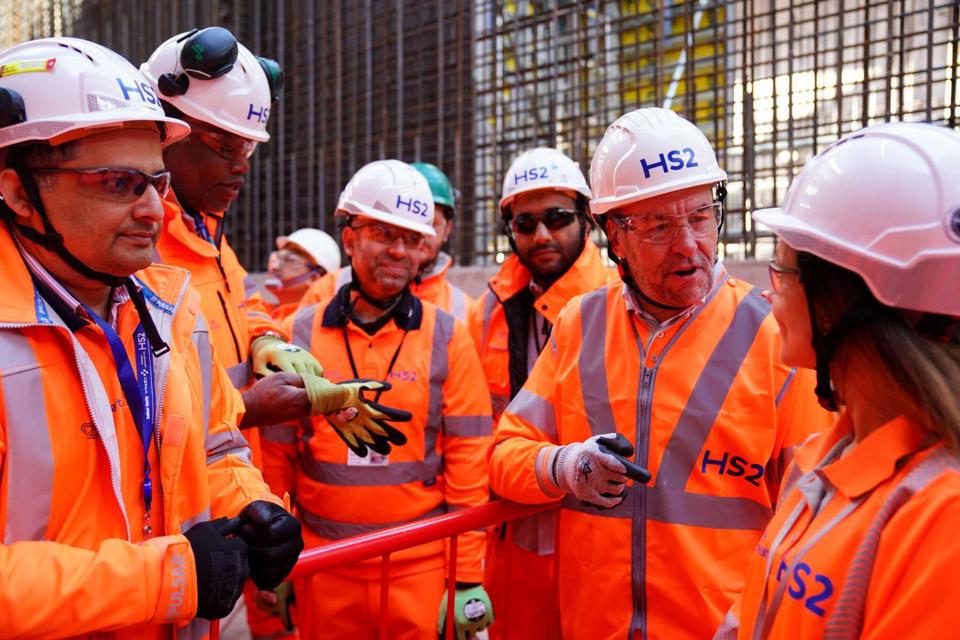

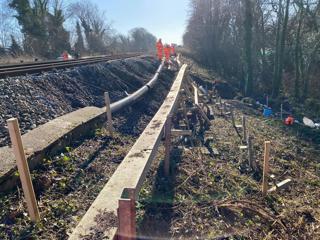
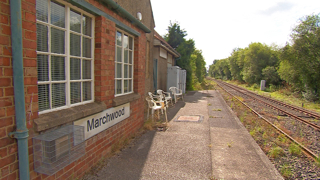
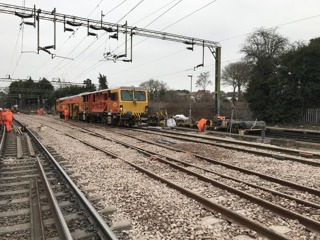
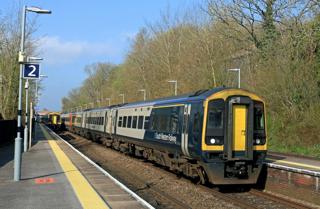
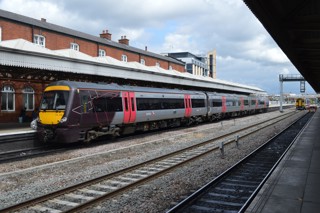











Login to comment
Comments
No comments have been made yet.